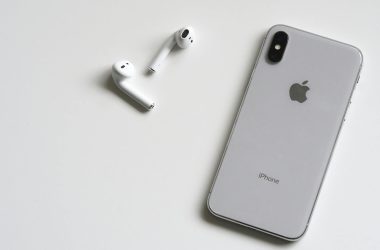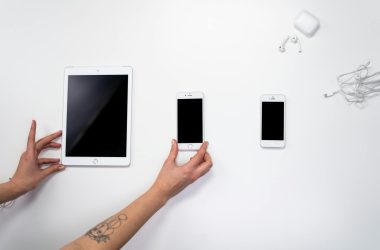When I just started learning Android programming, one of the most common errors I encountered was [widget] ‘cannot be resolved to a type’. Real examples:
‘ListView cannot be resolved to a type’, or ‘EditText cannot be resolved to a type’ (in the Eclipse IDE with ADT).
You may encounter this error after declaring an object like this:
EditText editText1 = (EditText) findViewById(R.id.editText1);
Nothing is wrong with that code, however, two common issues can cause it.
The first is the lack of an import statement: import android.widget.EditText;.
That statement must be placed at the top of the .java file your widget declaration is in, but under the ‘package’ statement.
The second issue is Android Studio’s bugs. Restarting Android Studio may resolve the problem if you already have your import statements, and in the right place.
Android Studio and ADT won’t import everything that can be imported automatically because libraries require space and memory. So you should only import what you need, instead of importing the entire set of widget classes, for example: import android.widget.*;. imports a massive number of classes that you don’t need.
For technology news, visit the technology news category, and for technology reference material, visit the technology section.
Further Reading: Android Tutorials.




